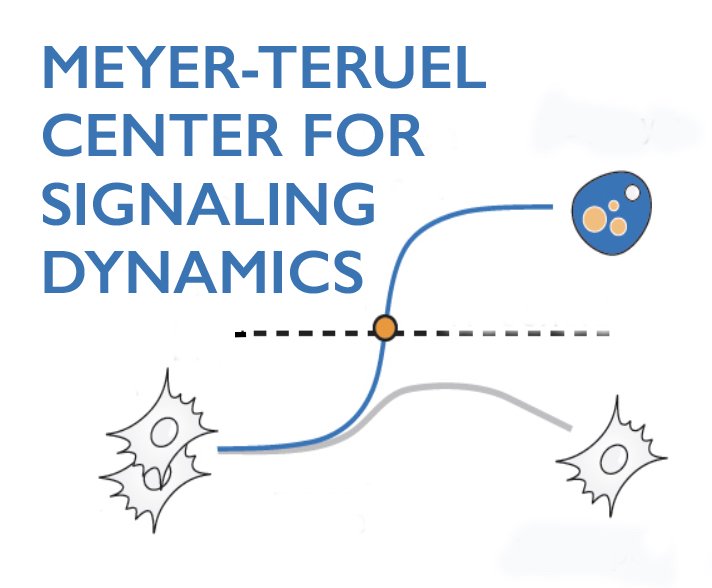Understanding the competition between proliferation and differentiation that controls tissue size
Section Styles gold-border
We developed a live-cell imaging approach that can for the first time measure both cell cycle progression, together with the precise timepoint each cell commits to differentiates, live in thousands of individual cells undergoing adipogenesis (see video below). Using this approach, we demonstrated that proliferation is a critical part of the terminal differentiation process: the proliferative “clonal expansion” period early in adipogenesis regulates how many times cells divide before they terminally differentiate and thereby controls how many differentiated cells are produced to regulate tissue size.
We are now using the unique fluorescent differentiation and proliferation cell model we developed to understand the dynamic signaling mechanisms controlling terminal differentiation: (i) How progenitor cells first start and then stop proliferation, (ii) how they undergo irreversible differentiation, and (iii) how proliferation and differentiation are linked.
We are addressing fundamental open questions on how a timed competition between the cell cycle and cell differentiation programs controls tissue size.
Our Approach
Open projects make use of automated fluorescence microscopy, light sheet microscopy, spinning disk confocal microscopy, multiplexed fixed immunofluorescence and RNA FISH, and/or RNA-Seq and CHIP-seq analysis. We are using mammalian cultured cell and organoids, as well as mouse models.
We developed methodology to track cell cycle and differentiation progression simultaneously in thousands of individual cells undergoing adipogenesis. (Green) Endogeneous PPARG tagged with citrine(YFP) marks differentiation progression. (Blue) H2B-CFP marks the nucleus, (Red) mCherry(RFP)-Geminin-degron is a live-cell reporter for cell cycle phase.
Relevant Publications
➢ Early enforcement of cell identity by a functional component of the terminally differentiated state. PLoS Biol 2022
➢ Flattening of circadian glucocorticoid oscillations drives acute hyperinsulinemia and adipocyte hypertrophy. Cell Rep 2022
➢ Molecular Competition in G1 Controls When Cells Simultaneously Commit to Terminally Differentiate and Exit the Cell Cycle. Cell Rep 2020
➢ Controlling low rates of cell differentiation through noise and ultrahigh feedback. Science 2014
➢ Consecutive positive feedback loops create a bistable switch that controls preadipocyte-to-adipocyte conversion. Cell Rep 2012

